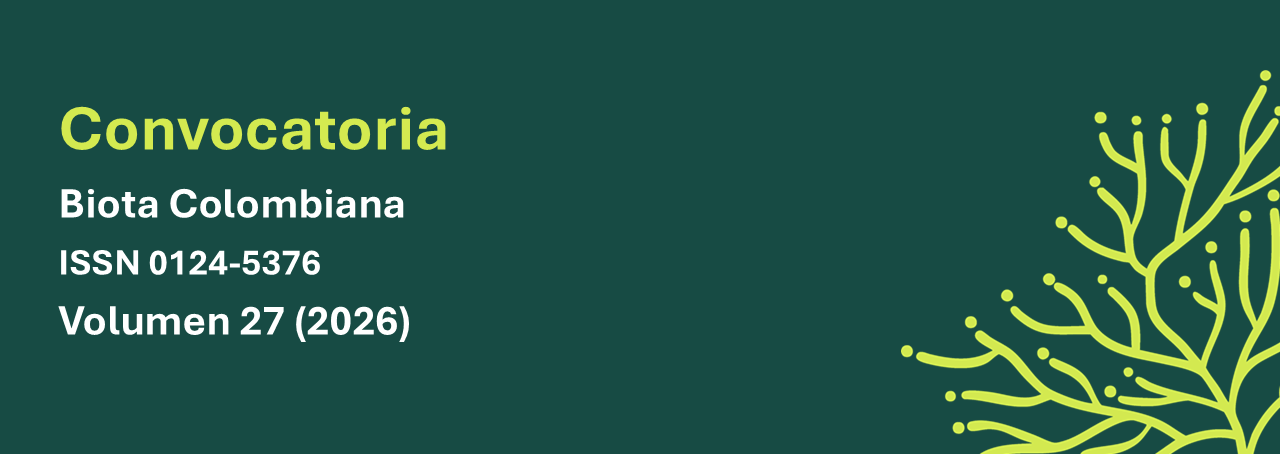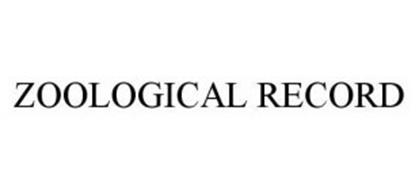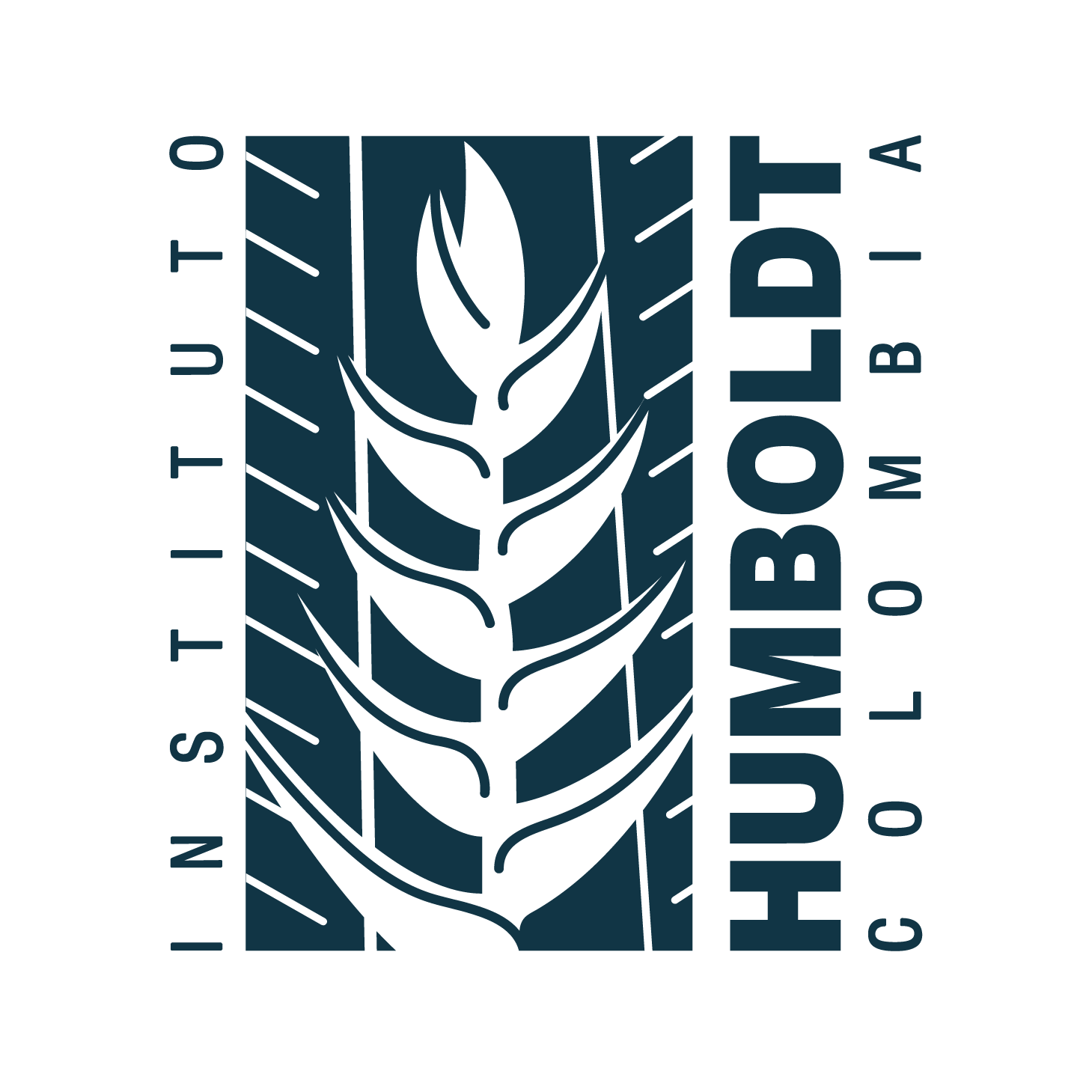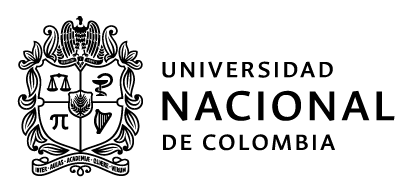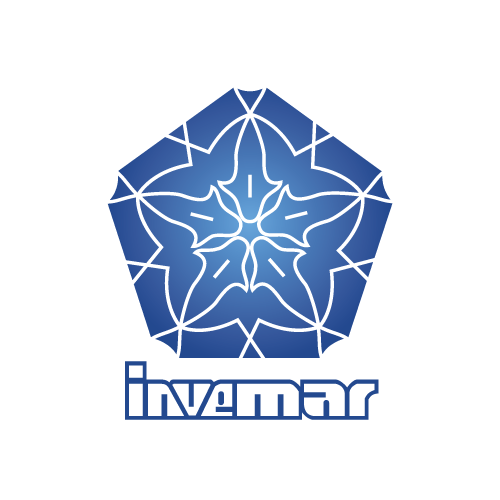Abstract (en):
Abstract (es):
Se presenta dos tipos de anomalías pigmentarias en individuos de la focha andina Fulica ardesiaca (Rallidae),
que habita el lago San Pablo del cantón Otavalo, provincia de Imbabura, Ecuador. Algunos individuos adultos
presentan varias condiciones de despigmentación en el plumaje, que se pueden clasificar como leucismo parcial
y envejecimiento progresivo. El primero ocurre por la falta de melanina y es de carácter hereditario, mientras
que el segundo es la pérdida progresiva de pigmento y puede o no ser hereditario. En Ecuador este es el primer
caso de estas anomalías pigmentarias en una misma metapoblación.
Keywords:
Birds, Depigmentation, Ecuador, Metapopulation, Rallidae (en)
References
Ayala, P. V., N. Arce y R. Carmona. 2014. Observaciones de leucismo en cuatro especies de aves acuáticas en Guerrero Negro, Baja California Sur, México. Revista Mexicana de Biodiversidad 85: 982-986. http://dx.doi.org/10.7550/rmb.36515
Buckley, P. A. 1982. Avian genetics. Pp. 21-110. En: Petrak, M.
L. (Ed.). Diseases of cage and aviary birds. Second edition. Lea and Febiger, Philadelpia (USA).
Bensch, S., B. Hansson, D. Hasselquist y B. Nielsen. 2000. Partial albinism in a semi-isolated population of great reed warblers. Hereditas, 133: 167-170. http://onlinelibrary.wiley.com/ doi/10.1111/j.1601-5223.2000.t01-1-00167.x/pdf
Cadena-Ortíz, H., D. Bahamonde-Vinueza, D. Cisneros-Heredia y G. Buitrón-Jurado. 2015. Alteraciones de la coloración en el plumaje de aves silvestres del Ecuador. Avances en Ciencias e Ingenierías 7(2): B75 - B90. http://www.usfq.edu.ec/publicaciones/avances/archivo_de_contenidos/Documents/ volumen_7_numero_2/B75-7-2-2015.pdf
Carrera, P. y G. Gunkel. 2002. Ecología del “Río Itambi”, San Pablo-Otavalo, Ecuador. Pp.558. En: Mercure, S., W. Wilson, T. Whillams (Eds.). Gestión integral de cuencas y asentamientos humanos. Basado en las experiencias del Primer Encuentro Intercultural: Imabukucha, 2002. Ediciones Abya-Yala, Quito- Ecuador.
Fjeldså, J. y N. Krabbe. 1990. Bird of the High Andes. Zoological Museum. University of Copenhagen. Pp. 876.
Fuentes, D. y D. González. 2011. Aberraciones cromáticas del plumaje en aves: nuevos reportes en Chile. Boletín Chileno de Ornitología 17 (2): 113-121. http://docplayer.es/12674259- Aberraciones-cromaticas-del-plumaje-en-aves-nuevos-reportes- en-chile.html
Guay, P. J., D. A. Potvin y R. W. Robinson. 2012. Aberrations in plumage coloration in birds. Australian Field Ornithology 29: 23- 30. http://vuir.vu.edu.au/22213/7/AFO2012V029N01_023.pdf.
Guevara, E., T. Santander y J. Duivenvoorden. 2012. Seasonal patterns in aquatic bird counts at five Andean lakes of Ecuador. BioOne 35: 636-641. http://asociacioncolombianadeornitologia. org/wp-content/uploads/2016/05/6-MS1405.pdf
Gunkel, G. y J. Casallas. 2002. El Lago San Pablo (Imbakucha) ¿Un lago eutrófico?. Pp.558. En: Mercure, S., W. Wilson, T. Whillams (Eds.). Gestión integral de cuencas y asentamientos humanos. Basado en las experiencias del Primer Encuentro Intercultural: Imabukucha, 2002. Ediciones Abya-Yala, Quito-Ecuador.
Henry, P. 2005. New distributional records of birds from Andean and western Ecuador. Cotinga 23: 27-32. http://www. neotropicalbirdclub.org/wp-content/uploads/2016/11/C23- Henry.pdf
Hume, J. P. y H. van Grouw. 2014. Colour aberrations in some extinct and endangered birds. Bulletin British Ornithological Club 134: 168-193.
Li, D., L. Li y Y. Wu. 2010. A leucistic Little Grebe Tachybaptus ruficollis in Hebei Province and a review of albinistic and leucistic species in China. BirdingASIA 16: 75-77.
McGraw, K. J. 2006. Mechanics of melanin-based coloration. Pp. 243–294. En: Hill, G. E. y K. J. McGraw (Eds). Bird Coloration- Volume 1: Mechanisms and Measurements, Harvard University Press, Cambridge, Massachusetts, USA.
Mena-Valenzuela, P. y S. Mena-González. 2016. Otro registro de leucismo parcial en la Focha Andina Fulica ardesiaca (Aves: Gruiformes: Rallidae), en Ecuador. Avances en Ciencias e Ingenierías 8 (1): 60-62. http://dx.doi.org/10.18272/ac.v8il.460.
Møller, A. P. y T. T. Mousseau. 2001. Albinism and phenotype of barn swallows Hirundo rustica from Chernobyl. Evolution 55: 2097-2104.
Nolazco, S. 2010. Leucismo parcial en gallareta andina Fulica ardesiaca (Familia: Rallidae). Boletín de Lima 159: 9-10.
Oliveira, C. y F. Foresti. 1996. Albinism in the banded knifefish,
Gymnotus carapo. Tropical Fish Hobbyist 44 (12): 92-96.
Ridgely, R. y P. Greenfield. 2006. Aves del Ecuador. Vol. 2. Guía de Campo. Academia de Ciencias Naturales de Filadelfia y Fundación Jocotoco. Quito. Pp. 812.
Rodríguez-Ruíz, E. R., W. A. Poot-Poot, R. Ruíz-Salazar y
J. Treviño-Carreón. 2017. Nuevos registros de aves con anormalidad pigmentaria en México y propuesta de clave dicotómica para la identificación de casos. Huitzil, Revista Mexicana de Ornitología 18 (1): 57-70. http://en.ustc.findplus. cn/?h=articles&db=a9h&an=122839377
Schulenberg, T. S. (Ed.). 2010. Slate-colored Coot (Fulica ardesiaca), Neotropical Birds Online Ithaca: Cornell Lab of Ornithology; retrieved from Neotropical Birds Online: http://neotropical.birds.cornell.edu/portal/species/overview?p_p_ spp=141876
Urcola, M. R. 2011. Aberraciones cromáticas en aves de la colección ornitológica del Museo Argentino de Ciencias Naturales “Bernardino Rivadavia”. Revista del Museo Argentino de Ciencias Naturales 13: 221-228. http://ref.scielo.org/xtdvbg
van Grouw, H. 2006. Not every white bird is an albino; sense and nonsense about color aberrations in birds. Dutch Birding 28 (2): 79-89.
van Grouw, H. 2013. What colour is that bird? The causes and recognition of common colour aberrations in birds. British Birds 106: 17-29.
Vizcarra, J. 2015. Caso de leucismo parcial en la Gallareta Andina (Fulica ardesiaca) en los Humedales de Ite, sur del Perú. Boletin Unión de Ornitólogos del Perú (UNOP) 10 (2): 22-25.
How to Cite
The works published in the journals of the Alexander von Humboldt Biological Resources Research Institute are subject to the following terms, in relation to copyright:
1. The patrimonial rights of the published works are assigned to Instituto de Investigación de Recursos Biológicos Alexander von Humboldt. The authors or institutions that elaborate the document agree to transfer the patrimonial rights to the Humboldt Institute with the sending of their articles, which allows, among other things, the reproduction, public communication, dissemination and dissemination of works.
2. The works of digital editions are published under a Creative Commons Colombia license:
Creative Commons License
This work is licensed under a Creative Commons Atribución-NoComercial-SinDerivar 4.0 Internacional.
> Attribution - Non-commercial - No Derivative: This license is the most restrictive of the six main licenses, it only allows others to download the works and share them with others, as long as their authorship is acknowledged, but they cannot be changed in any way, nor can they be used commercially.
3. The authors, when submitting articles to the editorial process of the magazines published by the Humboldt Institute, accept the institutional dispositions on copyright and open access.
4. All items received will be subjected to anti-plagiarism software. The submission of an article to the magazines of the Humboldt Institute is understood as the acceptance of the review to detect possible plagiarism.
5. The works submitted to the editing process of the magazines of the Humboldt Institute must be unpublished.



